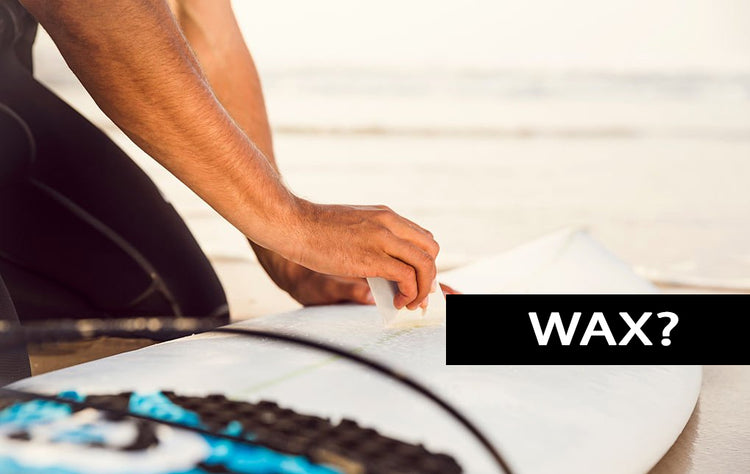
The Essential Guide to Surfboard Wax: Why Every Surfer Needs It
Surfing, with its exhilarating rush and connection to nature, is more than just a sport—it's a way of life. While the surfboard is a surfer's trusty companion, one often overlooked hero in the surfing world is surfboard wax. This seemingly small accessory plays a crucial role in enhancing a surfer's experience by providing the necessary grip and control on the waves. In this blog post, we'll delve into the world of surfboard wax, exploring its importance, types, application, and why every surfer needs it.
The Basics of Surfboard Wax: Surfboard wax is a specialized type of wax designed to provide traction and grip on the surface of a surfboard. Unlike regular wax, surfboard wax is formulated to withstand the harsh conditions of saltwater, sun, and sand, ensuring it remains effective during a surfing session.
Importance of Surfboard Wax:
-
Grip and Traction: The primary purpose of surfboard wax is to create a non-slip surface on the board. Without adequate grip, a surfer would struggle to maintain balance and control while riding the waves. The texture of the wax helps surfers plant their feet firmly on the board, allowing for fluid movements and maneuvers.
-
Safety: Surfing involves navigating through unpredictable waves, and having a secure grip on the board is crucial for safety. Slippery boards increase the risk of falls, collisions, and injuries. Properly waxed surfboards significantly reduce these risks, providing surfers with a stable platform to ride and enjoy the waves safely.
-
Performance Enhancement: Experienced surfers understand the importance of subtle weight shifts and precise foot placements. Surfboard wax contributes to a surfer's ability to control the board, facilitating quick turns, cutbacks, and other advanced maneuvers. It essentially becomes an extension of the surfer's body, translating their movements into responsive actions on the waves.
Types of Surfboard Wax:
-
Temperature-Specific Waxes: Different waxes are formulated for specific water temperatures. Cold water wax is designed for chilly waters, while tropical wax is better suited for warmer climates. Using the right wax for the water temperature ensures optimal performance and longevity.
-
Basecoat and Topcoat Waxes: Surfboard wax is often applied in layers. A basecoat, which is harder and more durable, provides a stable foundation. On top of the basecoat, surfers apply a softer topcoat, offering the necessary grip. This dual-layer system enhances the effectiveness and longevity of the wax.
Application Tips:
-
Clean Surface: Before applying wax, ensure the surfboard's surface is clean and free from dirt, sand, or old wax. A clean surface allows the wax to adhere better and provides a more consistent grip.
-
Even Application: Apply the wax in a crosshatch or circular pattern, covering the entire deck of the surfboard. Be sure to build up layers gradually, starting with the basecoat and finishing with the topcoat for optimal traction.
Conclusion: Surfboard wax may seem like a minor detail in the grand scheme of surfing, but its impact on performance, safety, and overall enjoyment cannot be overstated. Whether you're a seasoned pro or a novice catching your first waves, investing time in selecting the right wax and applying it correctly is key to unlocking the full potential of your surfing experience. So, the next time you wax up your board, remember that this small, simple accessory is your ticket to conquering the waves with style and confidence.

